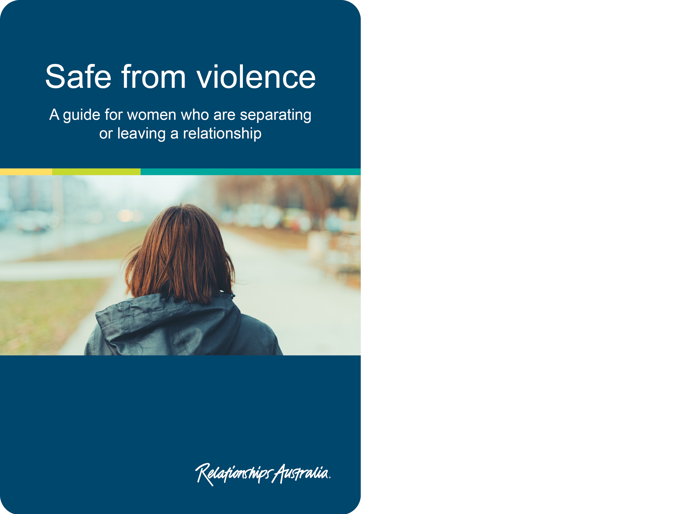What is coercive control?
Coercive control is a pattern of controlling and manipulative behaviours within a relationship.
There are 12 signs of coercive control
- Isolating you from your support system. An abusive partner will cut you off from friends and family, or limit your contact with them so you don’t receive the support you need.
-
Monitoring your activity throughout the day.
-
Denying you freedom and autonomy. A person exerting coercive control may try to limit your freedom and independence. For example, not allowing you to go to work or school, restricting your access to transportation, stalking your every move when you’re out, taking your phone and changing passwords, etc.
-
Gaslighting, where the abuser makes you doubt your own truth, experience and sanity, by insisting that they are always right, and instils their narrative of a situation, even if the evidence points against this. Gaslighting in essence, is based on lies and manipulation of the truth.
-
Name-calling and severe criticism, as well as malicious put-downs which are all extreme forms of bullying.
-
Limiting access to money and controlling finances. This is a way of restricting your freedom and ability to leave the relationship. Financial abuse is listed above as a specific form of abuse but, within the context of coercive control, financial control is a tactic to keep a person disempowered, by utilising strategies such as:
-
placing you on a strict budget that barely covers the essentials such as food or clothes
-
limiting your access to bank accounts
-
hiding financial resources from you
-
preventing you from having a credit card
-
rigorously monitoring what you spend.
-
- Coercing you, to take care of all the domestic duties such as cleaning, cooking and childcare without sharing the responsibility and tasks involved to undertake these duties.
-
Turning your children against you. If you have children either with the abuser or someone else, they may try to weaponise the children against you by making comments that are critical of you, belittling you in front of the children, or telling them that you’re a bad parent. Sometimes the techniques are very subtle and insidious, involving slow drip-feeding of a narrative that regards you as abnormal.
-
Controlling aspects of your health and your body. The abuser will monitor and control how much you eat, sleep, exercise, or how much time you spend in the bathroom. They may also control where you go for medical help, and the medications you take.
-
Making jealous accusations about the time you spend with family or friends, either in person or online, as a way of phasing out all your contact with the external world, except for them.
-
Regulating your sexual relationship, for example making demands about the amount of times you engage in sex each day or week, and the kinds of activities you perform.
-
Threatening your children or pets as an extreme form of intimidation. When physical, emotional, or financial threats do not work for the abuser as desired, they may make threats against others such as your loved ones, children and pets, who are also beloved members of the household.
Sources
Hill J (2020) See What You Made Me Do: Power, Control and Domestic Abuse. Black Inc.
Lamothe C (2019) How to Recognize Coercive Control. healthline
Crisis support
If you feel unsafe right now, call 000 (triple zero).
For 24/7 crisis support, contact:
- 1800RESPECT on 1800 737 732
- Safe Steps (Victoria) on 1800 015 188.
More information
To learn more about coercive control, other forms of abusive behaviour and where to get support, download our free booklet, 'Safe from violence: A guide for women leaving or separating' [PDF, 1.4MB]
You can also find out more about family violence in our 'What is family violence?' information sheet [PDF, 778KB]
